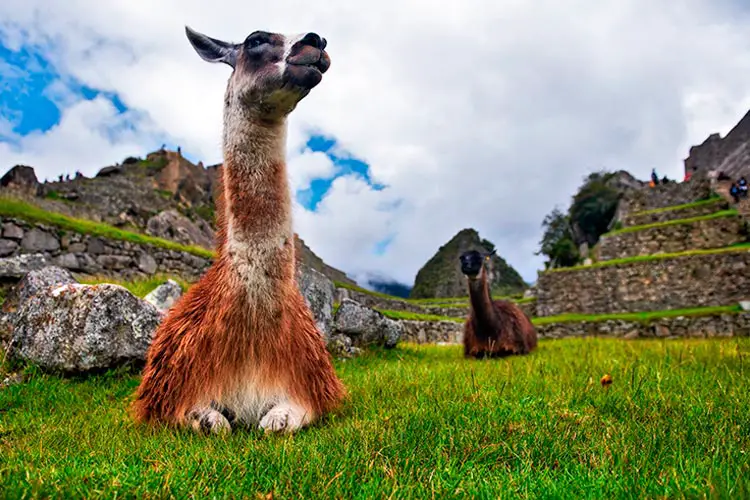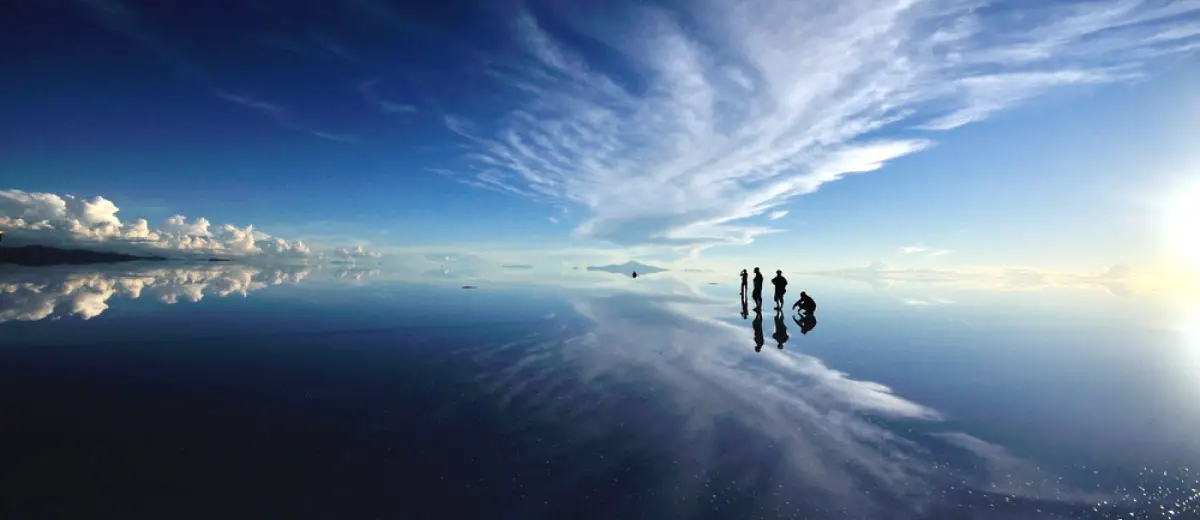Central South America
Home to Paraguay, Peru, and Bolivia, the mountainous region of Central South America boasts some of the finest natural and cultural travel sites on the continent. The rich history of this region began with several millennia of rule from native peoples; most notably, the Incan of Peru came to prominence in the 1400s and 1500s. The influence of this culture, along with the other native empires, still appears in much of the region’s modern cultural makeup.
However, the influx of Spanish invaders during the Age of Exploration pulverized the native peoples. Through disease and warfare, the Spanish came to control most of the continent, including Central South America. The European way of life mixed with native customs, and even today the mixture of these two influences comprises the foundation of the region’s atmosphere. However, Central South America is no longer subjected to Spanish rule, with most of the countries earning their independence during the 19th century.
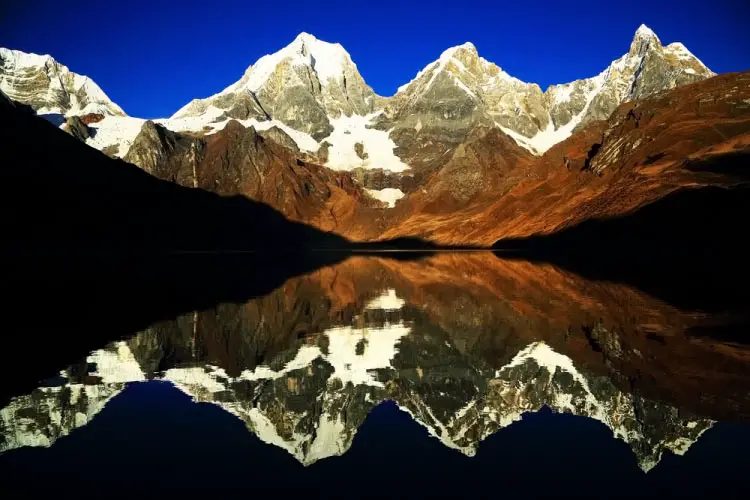
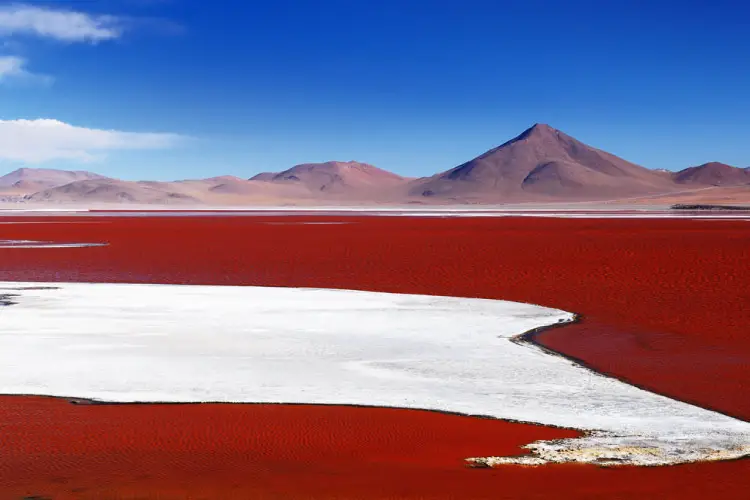
Central South America Highlights
Machu Picchu
One of the highlights of travel in Peru is undoubtedly the ruins that dot the Andes Mountains. The most famous of these is Machu Picchu, the famous 15th-century Incan ruin that sits atop a mountain. The crumbling remains at this site definitely pay tribute to the era’s rich heritage, and we highly recommend taking one of the sunrise tours through Machu Picchu to witness one of the better dawns of a lifetime.
For more ruins, be sure to check out nearby Cusco. Though the city is still in use and features numerous modern amenities, a dense coat of ruins overlays much of Cusco. The unique juxtaposition of a city’s historical and modern states is one of the most rewarding and chilling historical treasures in South America.
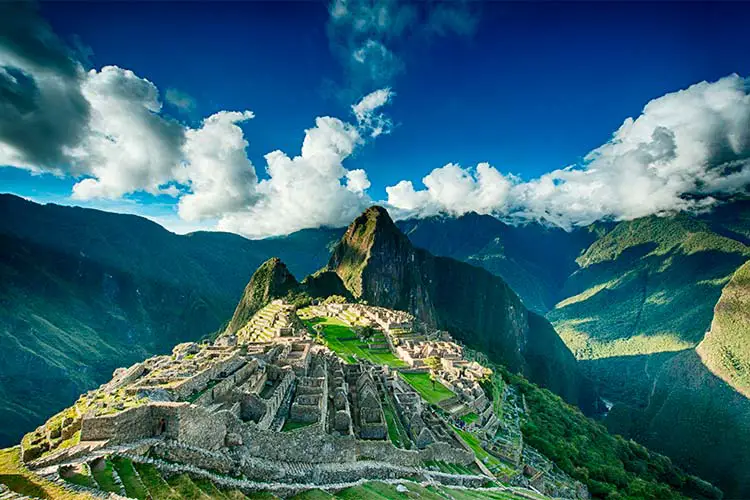
Yungas Road
For an adrenaline-pumping adventure, rent a car or motorbike and travel down the North Yungas Road near La Paz, Bolivia. Often referred to by its nickname “Death Road”, Yungas Road holds the distinct privilege of “world’s most dangerous road.” Though numerous travellers take this route every year, largely for bragging purposes, an estimated 200-300 don’t make the trip.
The road is littered with tombstones and markers indicating crash sites. Besides cars and motorbikes, the road also attracts mountain bikers, as its gentle downhill slope extends some 40 miles. Fortunately, the Bolivian government have taken initiatives in upgrading the road’s infrastructure, and today it is quite a bit safer than twenty years ago. Nevertheless, the road has become something a traveller’s hotspot and is definitely worth a visit when in the La Paz area.
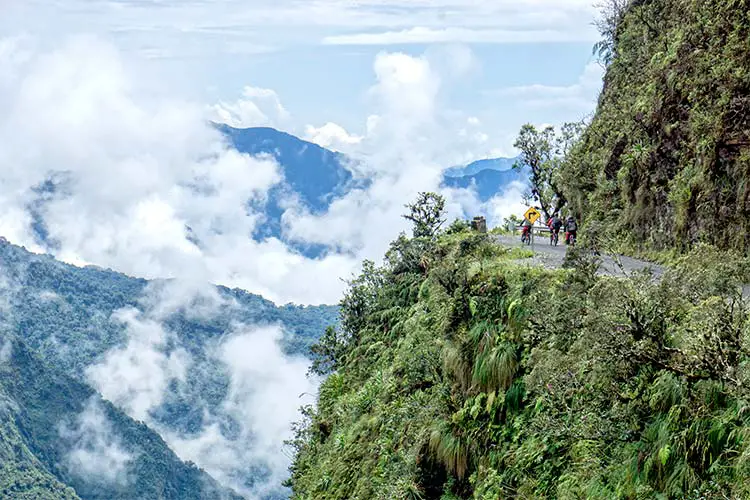
Food in Central South America
Much like the peoples and culture of the area, the food in Central South America largely reflects a combination of Spanish and native influences. Corn is a staple grain, as well as beans and potatoes. These native foods have since been supplemented by flour and rice. As far as meats go, chicken, beef, and pork are the most popular in the region. Coastal areas also heavily feature fish and seafood. A popular drink in central and southern South America is Yerba mate, which is drunk from a gourd.
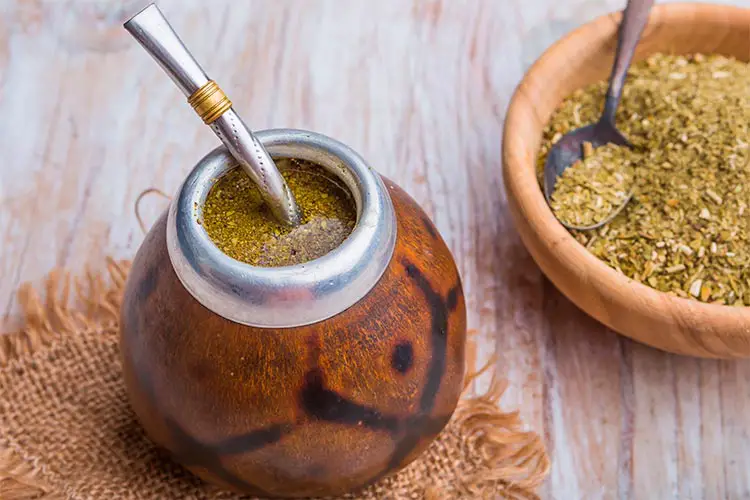
Central South American Wildlife
The most iconic animal of Central South America (particularly Peru) is the llama, which can be found both in domesticated and wild environments throughout the Andes Mountains. However, the Amazon rainforest also stretches into the area, bringing along with it a huge variety of tropical plants, fish, birds, and mammals. Of particular note is the river’s endemic pink dolphins, which natives claim have immense spiritual significance.
